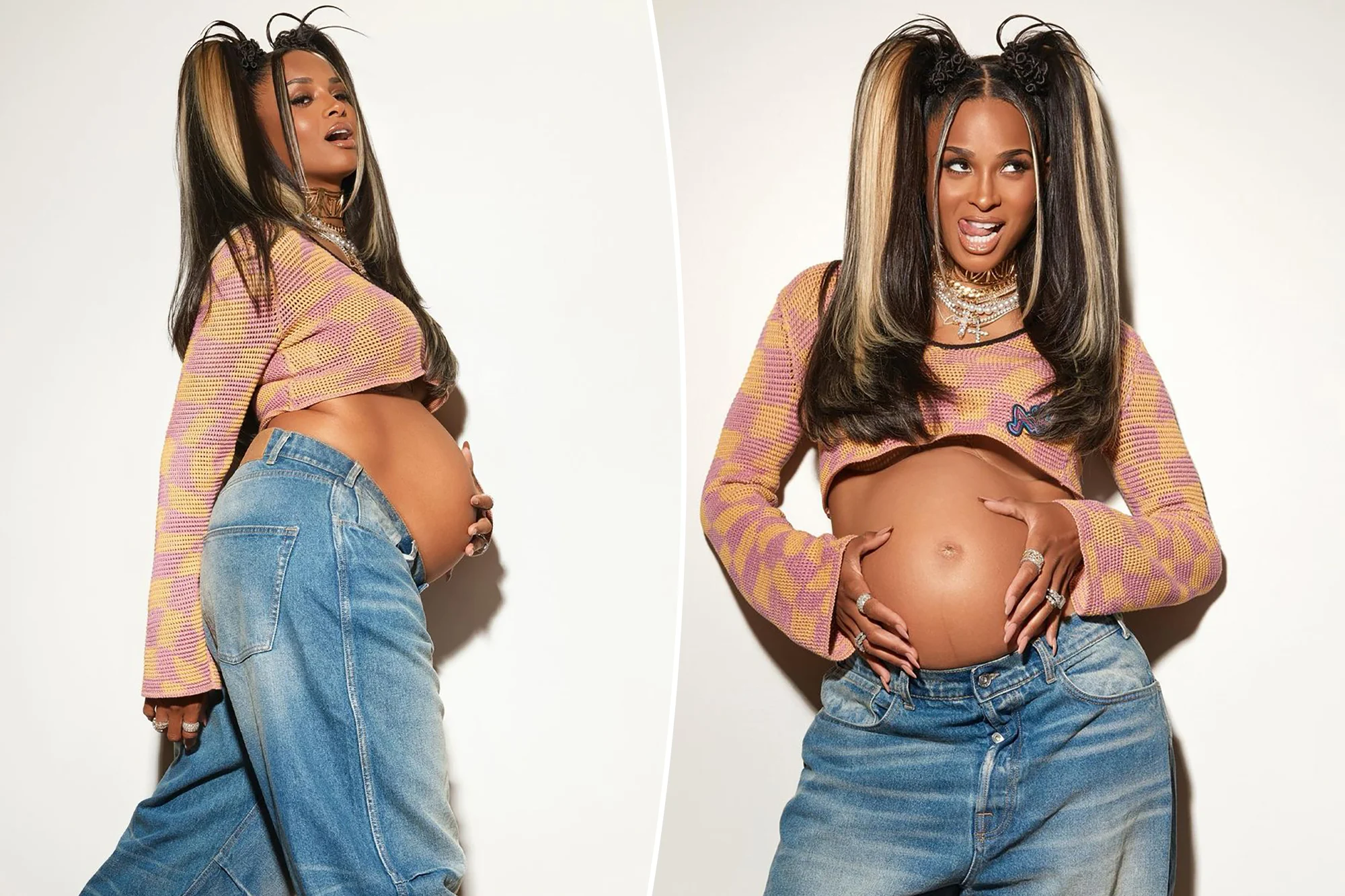Transitioning from a crib to a big kid bed is a significant milestone for both toddlers and parents. While many children typically make this change between the ages of 2 and 3.5, there is no universally “right” time to do so. This shift can lead to challenges such as nighttime wandering, emerging fears, and new insecurities, making it crucial to approach the transition thoughtfully.
To ensure a smooth experience, it is advisable to avoid making the switch during other major life changes, such as potty training, starting preschool, moving, or welcoming a new sibling. Children often face multiple transitions simultaneously, and managing one significant change at a time can help reduce stress. It is common for parents to switch their toddlers to a bed when they start climbing out of the crib. However, one incident of climbing doesn’t necessarily indicate readiness for a bed. If your child is not harmed, try to remain calm and not overreact, as toddlers crave attention and will often move on if they don’t receive the desired reaction.
If you are expecting another baby, consider transitioning your toddler to a bed about 8 weeks before your due date, allowing ample time for adjustment. Alternatively, you could borrow a second crib or utilize a co-sleeper for the new baby in the initial months. Here are nine tips to facilitate a smoother transition:
1. Evaluate Readiness
It might be tempting to transition your toddler to a big bed as soon as they turn two, but many children are not truly ready until closer to 3.5 years old. If your child is content in their crib, there’s no need to rush. Avoid excessive discussions about becoming a “big kid,” as this may create undue pressure. Instead, wait for signs of readiness.
2. Involve Your Child in Shopping
Allow your child to participate in choosing their new bed and bedding. This involvement can help them feel more secure about the change. Letting them have a say fosters a sense of control over the situation.
3. Maintain Placement Consistency
When introducing the new bed, try to position it as closely as possible to where the crib was located. Drastic changes in room arrangement can cause additional stress. Be observant of how your child reacts to the crib being removed from the room.
4. Include Comfort Items
While your child may be excited about their new bed and bedding, they may still want their familiar comfort items. Allow them to keep their favorite blankets, stuffed animals, or other cherished items close by to provide a sense of security.
5. Ensure Safety
Transitioning to a bed can be a big leap. Invest in safety measures, such as bed rails, to prevent falls. Even if the bed is against a wall, toddlers can sometimes get stuck.
6. Add Night Lights
Introducing soft, comforting light sources in the room can help alleviate fears associated with the change. Choose from various options, like fairy lights or projection lamps that create soothing imagery on the ceiling.
7. Stick to a Routine
Consistency is key during this transition. Maintain your established bedtime routine, including the same number of stories or background noise, to offer reassurance. Avoid traveling until your child has fully adjusted to their new bed.
8. Show Empathy
Recognize that change can be difficult. Your child may exhibit clinginess or increased crying during this adjustment period. Validate their feelings and share your experiences with change to foster understanding.
9. Utilize Books
Reading stories about transitioning to a big bed can be beneficial. Titles like “Big Enough for a Bed” by Apple Jordan and “Your Own Big Bed” by Rita Bergstein can help prepare your child. Creative activities, such as a “big bed party” or scrapbooking their crib memories, can also be effective.
In summary, transitioning to a big kid bed is a significant step that should be approached with care. By evaluating readiness, involving your child, and maintaining routines, you can help foster a positive experience. For further insights on home insemination and related topics, you might find this resource helpful, and consider visiting Make a Mom for expert advice. For more information about pregnancy, this Wikipedia page is an excellent source.
